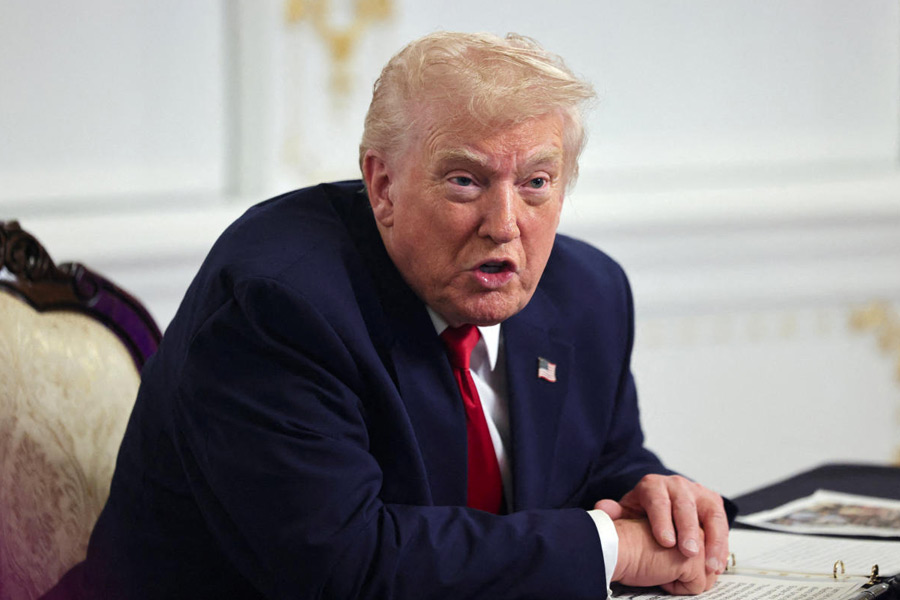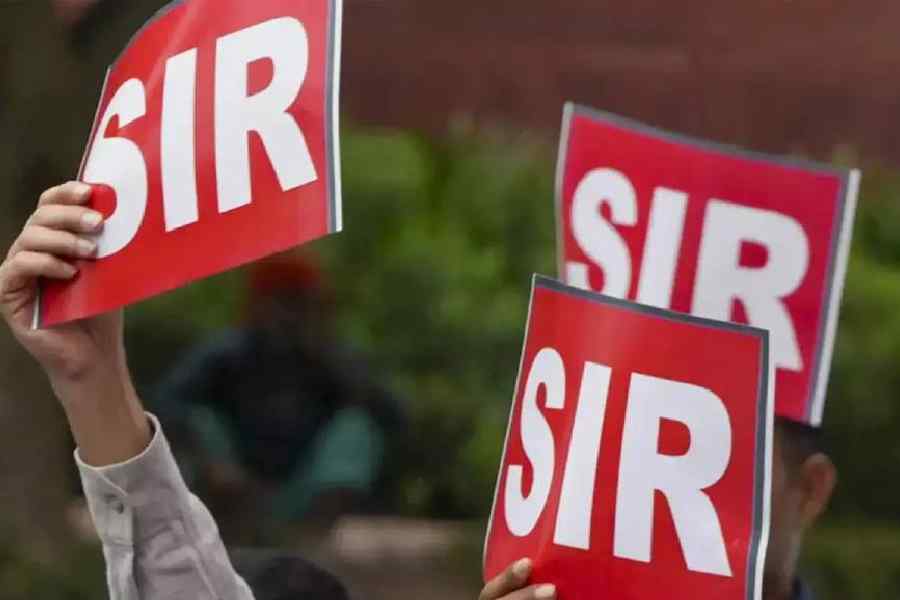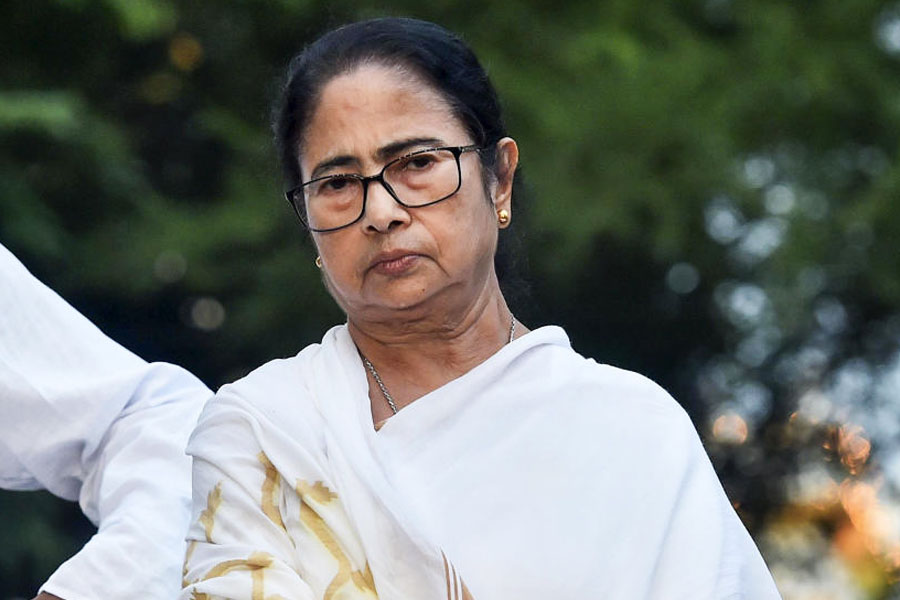Return to Oxford Shangri-la
Of all the speeches made by Aung San Suu Kyi during her four-day visit to the UK last week, perhaps the most moving was in Oxford’s packed Sheldonian Theatre where her old university gave her an honorary degree.
“When I see Oxford now, when I see the students of Oxford now, when I met some of them at St Hugh’s, I see myself again as a young student: carefree, happy, nice,” said Suu Kyi, who read philosophy, politics and economics at St Hugh’s College, Oxford, between 1964 and 1967.
 |
| Honoured: Aung San Suu Kyi in Oxford |
“We were nice, the students now are nice,” added Suu Kyi, now 67 and making her first visit to Britain in 24 years. “It’s a very simple word, but it’s an important one... We were not afraid — there was no reason for us to be afraid — and this opened us to the world.”
In 1972 she married Michael Aris, a Tibetan scholar, and had two sons. The family spent the next 20 years in Oxford, the US and India. Her husband died of prostate cancer in 1999 at the age of 53, without being allowed to see his wife who had returned to Burma in 1988.
Before Oxford, Suu Kyi had studied in Delhi — her mother, Khin Kyi, was the Burmese ambassador to India — at the Convent of Jesus and Mary School and then at Lady Shri Ram College.
College students everywhere will be able to identify with her sentiments. “I have often thought that the saddest thing about Burma over the last few decades has been the lack of campus life for our uni-versity students. Campus life means a life in which young people can create their own world — or make the world their own. ...Our young people in Burma have not had this freedom for the last few decades,” she said.
“I would like to see university life restored to Burma in all its glory. And I would be so grateful if my old university, the University of Oxford, could help to bring this about once again... I would like a bit of Oxonian Shangri-la in Burma.”
During her house arrest, she revealed she had read the spy thriller novels of John le Carré (real name David Cornwell), “one of my fellow honorands at this time”.
After Suu Kyi’s speech, another fellow honorand, Baroness Eliza Manningham-Buller, former director-general of the Security Service, admitted: “I don’t think there was a dry eye in the house.”
 |
| Director’s cut: Anurag Kashyap in London |
Gangs ’n’ more
Anurag Kashyap is clearly the film director of the moment. Parts I and II of Gangs of Wasseypur, made on a budget of $3.3 million, created a buzz when it was shown in Director’s Fortnight at Cannes in May.
Last week, Part I opened the London Indian Film Festival, which is mainly the brainchild of Rajinder Cary Sawhney whose admirable aim is to show that there is cinema outside “Bollywood”.
Sawhney usually makes an attempt to include Bengali films — this year there are three.
Two are Abosheshey and Necklace.
The third, Baishey Shrabon, about a serial killer on the loose in Calcutta, will close the festival on July 3. We all await Raima Sen’s arrival for a post screening Q&A.
After the screening of Gangs of Wasseypur at Cineworld in London’s Hatmarket, Kashyap, now elevated to the status of a guru, was asked about how he had wanted to portray the extreme violence in his movie.
He acknowledged he had discussed the subject in some depth with his crew.
“For me, I cannot do gore — I cannot even watch gore,” he confessed. “I am not comfortable doing that. But at the same time when I feel people flinch away from watching violence, it is slightly more impactful than when people feel excited by violence that is unreal. It makes you want to be that character, be that superhero.”
He emphasised: “I like violence to be very real. I like violence be raw, rooted and not designed. It’s still designed but we try and bring in a design so it doesn’t look designed.”
He decided that the violent scenes had to be completed in a single shot. “The idea was not to cut away and create the impact. We see the stabbing in a single shot so that it makes you feel within you that it’s actually happening.”
Berry bouncer
The relationship between Indian cricket officials and English cricket writers has, alas, not been harmonious for some time.
The latest example of the widening gap between the two sides is Scyld Berry’s entertaining attack in The Daily Telegraph on N. Srinivasan, president of the Board of Control for Cricket in India.
In the first of his new weekly column, “Stench of scandal surrounds N. Srinivasan — cricket’s most powerful man”, Berry has examined “the political and personal challenges facing cricket’s most influential figure”.
He contends that Srinivasan will ignore a report on spot-fixing by IPL players but Berry has also dragged in Srinivasan’s son: “A family feud is erupting. Srinivasan, who is 67, has a son, Ashwin, 43, who recently told a Mumbai newspaper that he is gay and claimed that he has been subject to ‘constant mental and physical torture’ by his father... He is rumoured to have secrets to reveal that will launder the family’s dirty linen in public…”
Fiery Fred
Former England cricketers who take up the pen find it can be a dangerous profession. Michael Atherton, now cricket correspondent of The Times, has been slapped down by Andrew Flintoff for criticising Alastair Cook.
When Cook was appointed England One-day captain, Atherton called him a “plodder”.
“How can he talk about a player like Alastair Cook who is 10 times the player he ever was — he has a much bigger average and will go on and on,” Flintoff told the London Evening Standard. “Atherton averaged in the 30s for England and yet he thinks he can judge others.”
Flintoff did not mind being quoted: “I don’t care. Say what you like. There’s no love lost there.”
Maybe, Scyld Berry and N. Srinivasan are on better terms.
 |
| High places: Mukherjee and Osborne at a joint press conference |
Tall story
When president-to-be, Pranab Mukherjee, came to Britain in February last year for talks with his opposite number, George Osborne, the two men gave a joint press conference at the Foreign Office in London.
Such was their difference in height — the chancellor of the exchequer is 6ft 2in tall to Pranab babu’s 5ft 3in — that British officials had to offer the Indian finance minister a platform to stand on.
Unlike Nicolas Sarkozy, the 5ft 5in ex-French President, Pranab babu is said to be content with his political stature: “I am comfortable at the height where destiny has put me.”
 |
| Private Eye: Target Spain |
Tittle tattle
Since India doesn’t yet have a much needed Private Eye of its own, it is worth informing people about the satirical magazine’s famed covers — the latest focuses on “Spain in Euro Shock.”
The country is in such desperate economic straits that the Spanish football team is depicted missing something vital.
“Can someone lend us a ball?” reads the caption.










